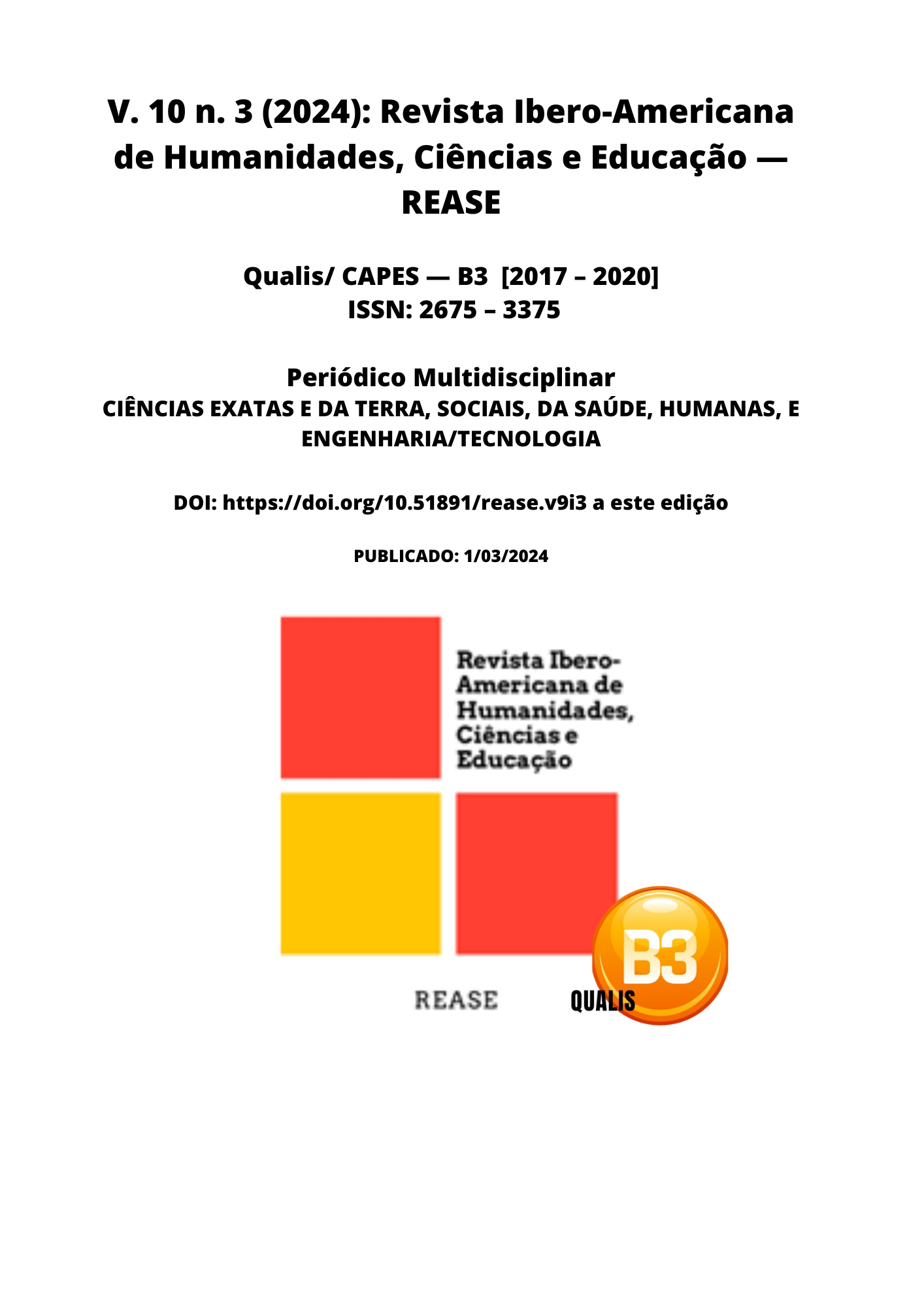TAX PLANNING AND FAMILY HOLDING: ADVANTAGES AND DISADVANTAGES
DOI:
https://doi.org/10.51891/rease.v10i3.12964Keywords:
Successions. Family Planning. Business Law. Family Holding. Tax Planning.Abstract
Interest in family holdings has increased in recent years due to the search for asset protection, tax optimization and succession planning. However, there are advantages and disadvantages in tax planning through the use of family holdings, which will be analyzed in this research. Initially, the study addressed the types of holdings and companies, to verify the taxes involved. The method adopted consisted of a detailed review of the application of the rules to the concrete hypotheses for the creation of the Holding with family objectives. The results revealed significant benefits, such as the reduction of tax burden on assets, highlighting the effectiveness of this model in terms of succession. However, disadvantages were identified, including complexity in implementation and possible legal challenges, regarding the difference in tax legislation in each State. It was concluded that, although the family holding company offers substantial tax advantages, its application requires care and a deep understanding of legal regulations. The study provides a valuable foundation for legal professionals and families interested in exploring efficient tax planning strategies through family holdings.
Downloads
Downloads
Published
How to Cite
Issue
Section
Categories
License
Atribuição CC BY

